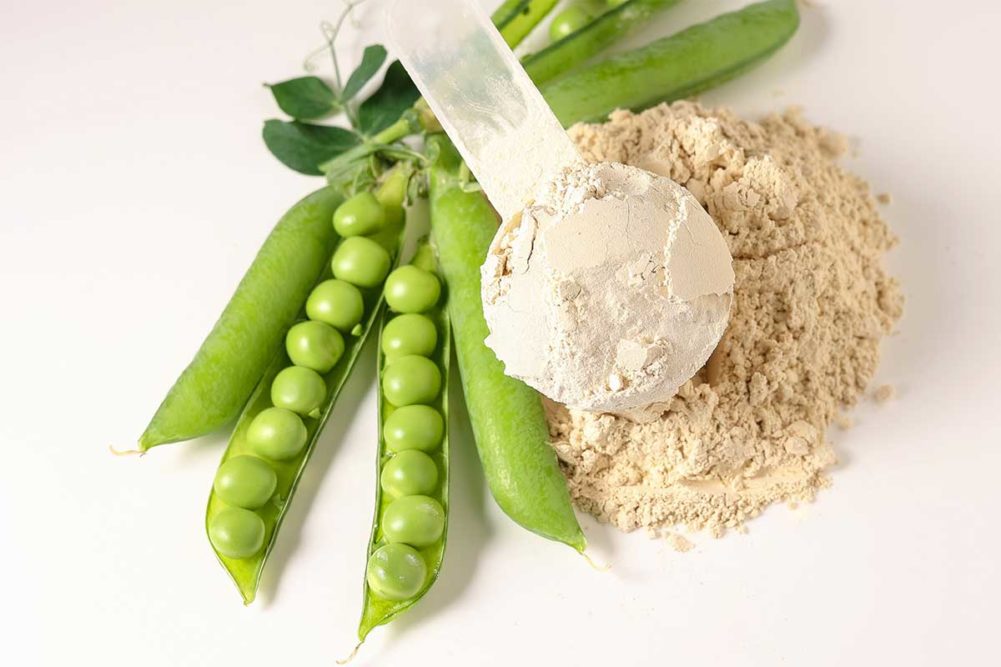A baked food’s leavening system is further impacted by the use of alternative grains and proteins, which continue to flourish in popularity with consumers.
“Leavening must be adjusted when using alternative flours,” explained Nita Livvix, R&D manager, B&G Foods. “Often these flours contain higher levels of protein that can cause a coarse, low volume end product. An increased amount of protein makes it more difficult for the carbon dioxide air bubbles to expand.”
The flours, starches and proteins found in traditional baked foods are the product’s structure setters, noted Paul Bright, innovation manager, AB Mauri North America, and maintaining this structure is more difficult with alternative ingredients.
“When we start using different flours and different starch and different proteins, they’re not all equal when it comes to temperatures they gelatinize, or what temperatures the protein starts to gel or set,” he explained. “Let’s say we’re switching out egg albumin for vital wheat gluten. The setting temperature or the gelling temperature for an egg albumin is different than vital wheat gluten. So one will set the cake, and the other one, the cake will just collapse.”
Leavening systems must be hydrated and solubilized to enable the chemical reaction, but alternative ingredients often absorb more water than traditional wheat flours, said Mary Thomas, R&D senior manager, Lesaffre. This results in suboptimal batter consistency and structure, requiring adjustments to water levels to maintain a properly hydrated leavening system.
“If the pH of the alternative flour and protein is acidic, these may react more quickly with the bicarbonate,” she said. “This premature reaction could alter the desired rate of CO2 release and ultimately the final baked volume.”
To combat this, the rate of reaction of the leavening agents must be adapted. Yanling Yin, PhD, director of research, development & applications for bakery, Corbion, said that the proper ratio of slow-and fast-reaction acids may minimize the effect of alternative proteins on product texture.
This article is an excerpt from the May 2023 issue of Baking & Snack. To read the entire feature on Chemical Leavening, click here.





